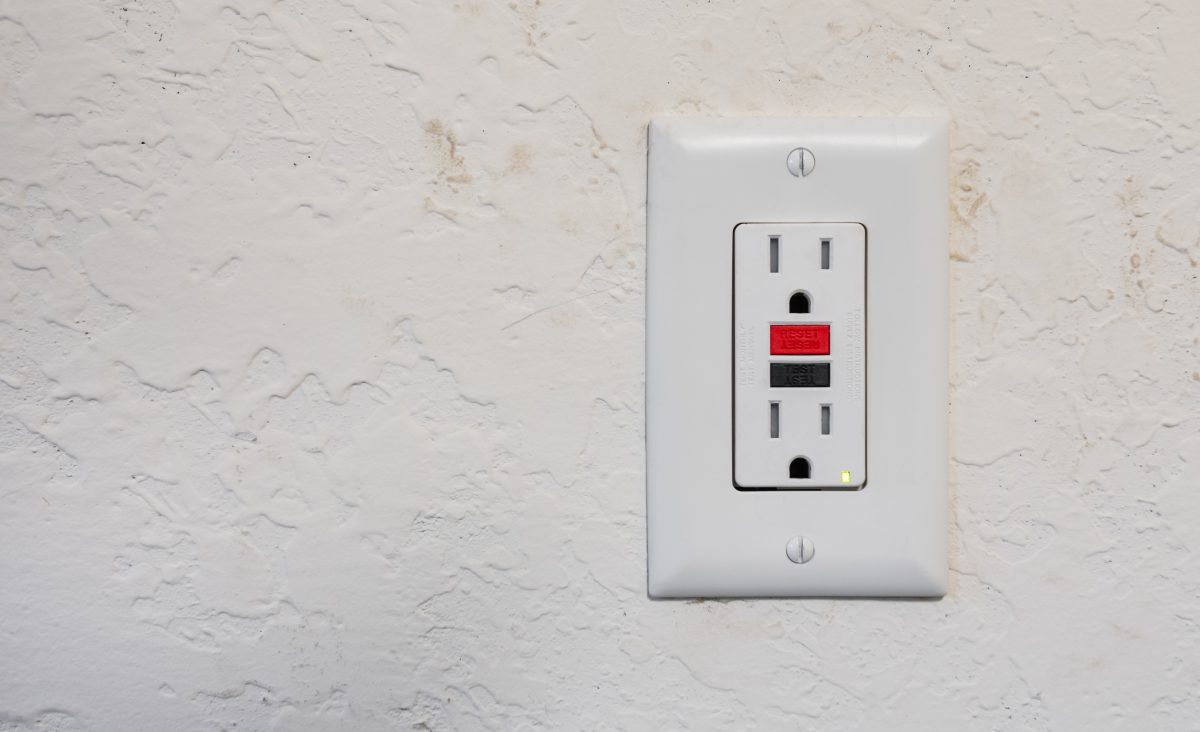Upgrade Your Home’s Electrical Safety with Whole House GFCI Installation
Electrical safety is a silent guardian of our everyday moments, a protector whose importance you cannot overstress. In the flicker of a light or the hum of an appliance, there is a force that, if misused, can cause many issues for your electrical system. That’s where whole house GFCI comes into play. Ground fault circuit interrupter (GFCI) technology is critical in ensuring your home’s electrical safety, as it can help prevent electrical issues from happening in the first place.
This comprehensive guide will discuss the importance of GFCIs, how they work, and why they are essential for protecting your family from electric shocks and fires. We’ll also cover the legal requirements for GFCI protection and provide practical installation tips for whole-house coverage. Whether you’re renovating an old property or looking to enhance the safety of your current residence, this article is your ultimate resource for understanding and implementing GFCI protection throughout your home.
What Is a Ground Fault Circuit Interrupter (GFCI) and How Does It Work?
A GFCI is a device designed to protect people from electric shock by monitoring the flow of electricity through a circuit. It works by constantly checking the flow of electricity in a circuit. If GFCI circuit breakers notice anything unusual, like an imbalance, that could mean there’s a risk of electric shock, and they quickly shut off power to that circuit. This rapid response helps prevent shocks and reduces the chance of electrical fires from faulty wiring or malfunctioning appliances.
Why Is GFCI Protection Crucial for Your Home?
GFCI protection is a safety measure and a critical defense against the hidden dangers of electrical systems. By instantly interrupting the power supply during a ground fault, GFCIs significantly reduce the risk of electric shock and fire, offering peace of mind and enhanced safety for your entire household.
Understanding the Legal Requirements for Whole House GFCI Protection
Homeowners must understand the legal requirements for whole house GFCI protection to ensure their electrical systems are safe and compliant with current standards. These requirements, which can vary by location, are primarily outlined in local building codes and the National Electrical Code (NEC). The NEC, for instance, has been updated to require GFCI protection in a broader range of home areas, including all 125-volt and 250-volt receptacles in basements, indicating a move towards more comprehensive safety measures.
Key areas where GFCI protection is mandated typically include:
- Bathrooms
- Kitchens
- Garages and accessory buildings
- Outdoor areas
- Unfinished basements
- Laundry, utility, and wet bar sinks
To navigate these regulations effectively, homeowners must familiarize themselves with both local and national codes, as compliance not only enhances safety against electrical hazards but also ensures that electrical systems are up to date. Since the legal landscape around GFCI requirements continues to evolve, staying informed about the latest requirements is crucial, so it is essential to consult with a professional about any questions you have about your electrical system.
This continual learning of the latest requirements includes understanding where GFCI protection is mandatory, such as in wet or high-risk areas, and recognizing the importance of these devices in preventing electrocution by interrupting power in the event of a ground fault. Compliance with these standards protects homes and residents and aligns with broader safety objectives outlined in the NEC and local regulations.
How to Implement Whole House GFCI Protection
Implementing whole house GFCI protection is a complex task that demands professional expertise due to the intricate nature of home electrical systems. Professional electricians are essential for assessing the specific needs of a home, including choosing between GFCI outlets and circuit breakers based on the home’s electrical layout, needs, and budget. Their knowledge ensures the installation complies with local building codes and electrical standards, which is crucial for safeguarding your home against electrical hazards.
Professional installation of GFCI devices offers several key advantages:
- Expert Guidance: Electricians can determine your home’s most effective GFCI protection strategy.
- Compliance and Safety: Ensures installation meets all local codes and safety standards, protecting against future electrical faults.
- Peace of Mind: Professional expertise helps keep your electrical system safe, reliable, and up-to-date.
In summary, while DIY projects can be tempting, the safety implications and complexities of installing whole house GFCI protection mean trusting this task to professional electricians is not only wise but necessary.
Enhancing Electrical Safety Beyond GFCI Protection
Enhancing electrical safety in our homes requires a comprehensive approach that extends beyond the valuable protection offered by Ground Fault Circuit Interrupters (GFCI). While GFCIs play a crucial role in preventing electric shocks, especially in moisture-prone areas, you shouldn’t overlook another layer of safety: arc fault circuit interrupters (AFCI) and surge protection. AFCIs are designed to detect dangerous conditions, such as damaged or overheated wiring, which might not trigger a standard circuit breaker, thereby preventing electrical fires. Surge protectors complement this safety net by guarding electronic devices against sudden voltage spikes, which can cause damage and potential fire hazards.
By integrating GFCI, AFCI, and surge protection into your home’s electrical system, you create a robust defense against a wide range of electrical dangers. This trio of technologies not only safeguards against electric shocks, arc faults, and voltage surges but also enhances your electrical infrastructure’s overall reliability and safety. Adopting these protective measures ensures a safer living environment, offering peace of mind by minimizing the risks associated with electrical faults and fluctuations.
Get GCFI Protection for Your Home Today!
Implementing whole house GFCI protection is crucial in safeguarding your home from electrical hazards. By understanding the importance of GFCI technology, adhering to legal requirements, and following practical installation and maintenance tips, you can enhance your home’s electrical safety and protect your family from the risks of electric shock and fire. Remember, when in doubt, consult with a professional electrician to ensure your home’s electrical system is safe, compliant, and optimized for protection. When you’re ready to ensure your electrical system is up to date and the securest it can be, get in touch with us at RS Martin.


 24 Hour
24 Hour